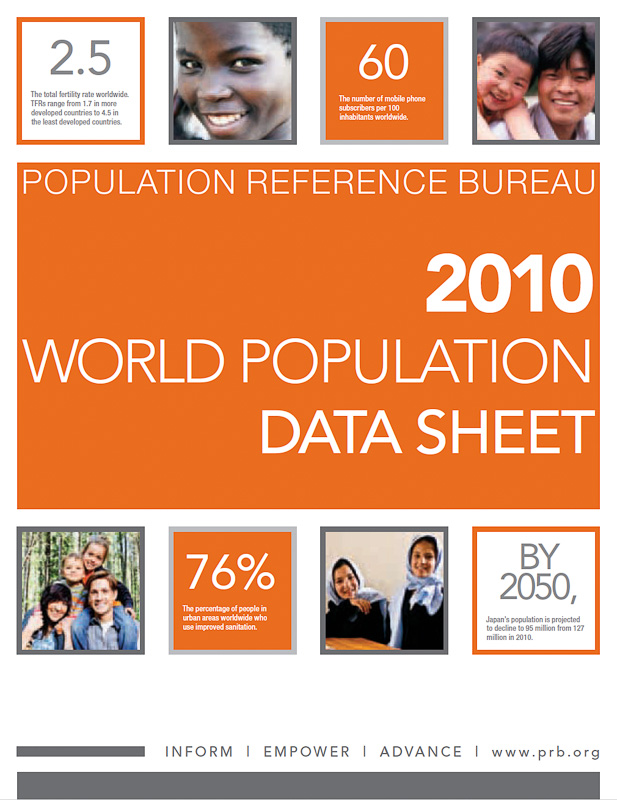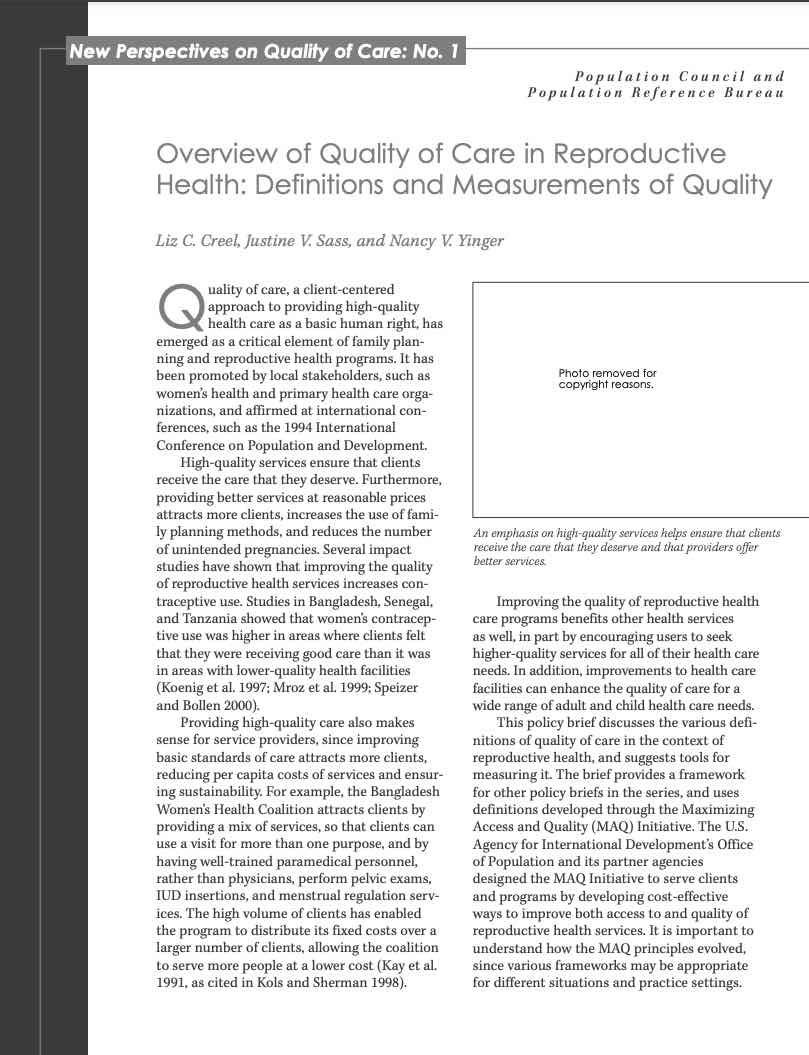Africa’s Political Response to HIV/AIDS
(July 2002) The HIV/AIDS epidemic in Africa is often described as a crisis that demands the same kind of mobilization and response that would be necessary were a country at war.
(July 2002) The HIV/AIDS epidemic in Africa is often described as a crisis that demands the same kind of mobilization and response that would be necessary were a country at war.
(2009) Religious diversity has been a defining characteristic of India's population for centuries. The country has no official state religion, but religion plays a central role in Indian daily life through its temple ceremonies, festivals, pilgrimages, family religious traditions, and the like. While Hinduism has been the dominant religion for several thousand years, Buddhism, Christianity, Islam, Jainism, and Sikhism have also flourished.

The global population milestone of 8 billion represents nearly 7% of the total number of people who have ever lived on Earth.
Project: PACE: Policy, Advocacy, and Communication Enhanced for Population and Reproductive Health
This web feature expands the concept of the demographic dividend to project four potential sets of benefits—in addition to economic growth, it outlines benefits in child survival, education, and political stability.
(2009) Mounting research shows that married people are healthier and live longer than unmarried people.

Many countries are facing a shrinking pool of their working-age populations, often considered to be ages 15 to 64, to support the population ages 65+, jeopardizing pension guarantees and long-term health care programs for the elderly.

After delays due to the pandemic, the U.S. Census Bureau has finally released a new batch of data from the 2020 Census. While the Demographic and Housing Characteristics data isn’t a current snapshot, it still gives us the most comprehensive and granular information available for the U.S. population.

(2002) Quality of care, a client-centered approach to providing high-quality health care as a basic human right, has emerged as a critical element of family planning and reproductive health programs.